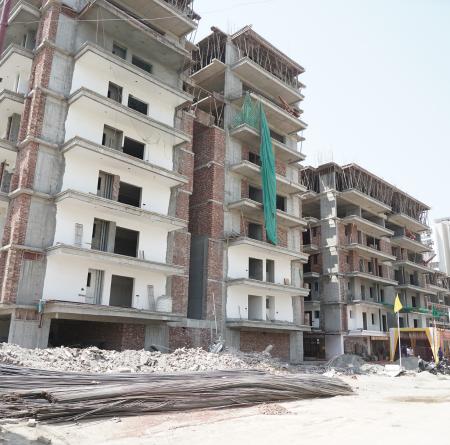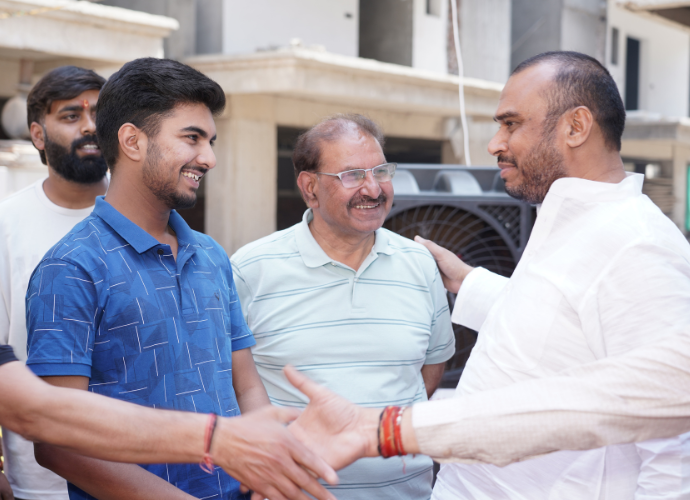Uniquely Designed For
The Height of Luxury
Roman-Inspired Apartments With Modern Comfort
Crafting Elegance for
Discerning Families
Spacious 3 & 4 BHK With Lifestyle-Defining Features
Where Prestige Meets
Smart Living
Prime GMS Road Address Backed by Trusted Buildcon Quality
Long-Lasting Structures
Built With Precision
Welcome to a World of Thoughtful Spaces and Inspired Living
At Capital Royal Casa, elegance is crafted with purpose. Indulge in homes that blend architectural grace with functional design—delivering spaciousness, comfort, and a community curated for life’s finer moments.
Best Amenities
Refined Architecture
Smart Homes


Featured Home Types
Enjoyable Amenities
Live elevated—whether lounging by the pool, working out in the gym, or hosting in the clubhouse, your lifestyle finds its perfect setting here.
Innovative Design
Construction
Interior Planning

Swimming Pool

Gymnasium

Yoga & Meditation

Children’s Play Zone

EV Charging Station

Coffee Lounge

Swimming Pool

Gymnasium

Yoga & Meditation

Children’s Play Zone

EV Charging Station

Coffee Lounge
Towers & Units
Apartments Sold
Total Construction Area
Our Amenities

Royal Casa
Winner — Most Desirable Real Estate Project 2025
Investor Confidence
Community Development

Industry Leader in Premium Living
Developed by Doon Buildcon, Capital Royal Casa stands as a benchmark for architectural excellence, thoughtful planning, and on-time delivery in Dehradun’s real estate landscape.
- Architectural Design
- Landscaping & Green Planning
- Intelligent Floor Layouts
OUR EXPERIENCED TEAM
Meet the Visionaries Behind the Project
Tommy Cruze
Tommy CruzeDevid Mathew
Foreign AffairsDiana Waytt
Head ConstructorJones Hayden
Senior MemberI recently joined the Capital Royal Casa family and found exactly what I was looking for – a luxurious 4BHK apartment with centralized AC, top tier amenities like a clubhouse, swimming pool, theatre, walking/cycling track, solar lighting, EV charging and high-tech security.

Mrs. Vashu Pant
HomeownerCapital Royal Casa is located in a prime area of Dehradun and offers everything we dream of – centralized AC clubhouse, pool, gym, yoga centre, kids play area, and more. We highly recommend it as the best upcoming project in the city.
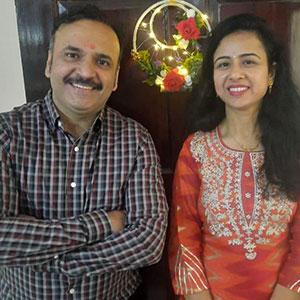
Dr. Ankur Kapoor & Dr. Taruna Puri
Property Owner“I recently joined the Capital Royal Casa family and found exactly what I was looking for – a luxurious 4BHK apartment with centralized AC, top tier amenities like a clubhouse, swimming pool, theatre, walking/cycling track, solar lighting, EV charging and high-tech security.

Mr. Yeshu Gupta
Property OwnerMy booking experience with Capital was mostly positive. The sales team was responsive and transparent, offering clear details on layout, pricing and process. Documentation and guidance were smooth, with no hidden charges. With Capital’s strong reputation in Dehradun, I’m confident they will deliver this project on time and within RERA guidelines.
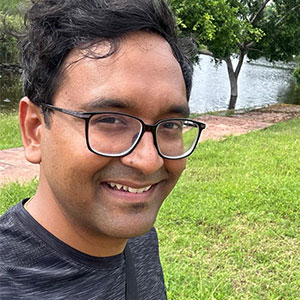
Mr. J.N. Chakraborty
Property Owner“I recently purchased an apartment at Capital Royal Casa and am very satisfied with the experience. The location is convenient, the construction quality is solid, and the layout offers great ventilation and natural light. With modern amenities and a peaceful environment, it’s a great option for both living and investment. The staff has been supportive throughout the process.
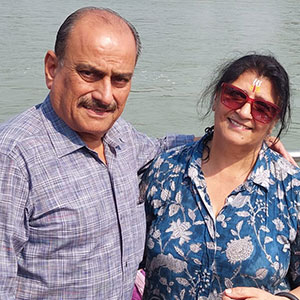
Mrs. Kamini Singh
Property Owner“I recently bought a flat in Royal Casa society and I am very satisfied. The society is well planned with modern amenities like a clubhouse, gym, and landscaped garden. The flat is spacious, well centralized and finished with quality fittings. Its location is excellent – close to schools, markets and hospitals – making it ideal for families overall. It’s a great value for a peaceful yet well-connected lifestyle.”

Mr. Pankaj Maithani
Property OwnerWe recently booked a flat in Capital Royal Casa, Dehradun. Project team members are transparent about every aspect of the project. We highly recommend Capital Royal Casa to anyone looking for a comfortable and stylish home in Dehradun. It’s a place we are proud to call home.
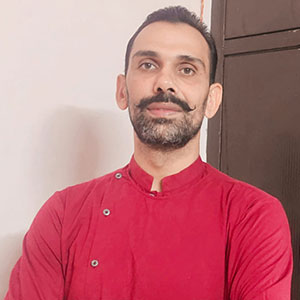
Mr. Kuldeep Singh
Property OwnerCapital Royal Casa perfectly blends elegance with spacious living. The interiors are thoughtfully designed, exuding class and comfort, while the large balconies offer a refreshing open feel and stunning views. Truly a fantastic place to call home!
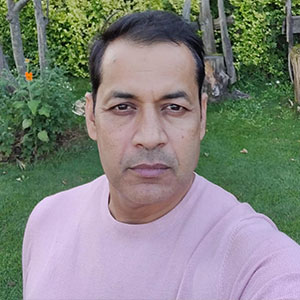
Mr. Yatin Sharma
Property OwnerLatest From Blog
-
heartsurgeryinindia.com
- Luxury Space
- No Comments
Creating Luxury Spaces That Enhance Lives Of People
Creating luxury spaces that enhance the lives of people involves a combination of aesthetics, functionality, ...
-
heartsurgeryinindia.com
- Luxury Space
- No Comments
Developing in 106 Countries For Many Communities
Developing apartments in 106 countries for many communities can be a complex and challenging task, ...
-
heartsurgeryinindia.com
- Luxury Space
- No Comments
Get to know the best area aroung You
Start by researching online. Look up local blogs or websites that cover events and happenings ...

